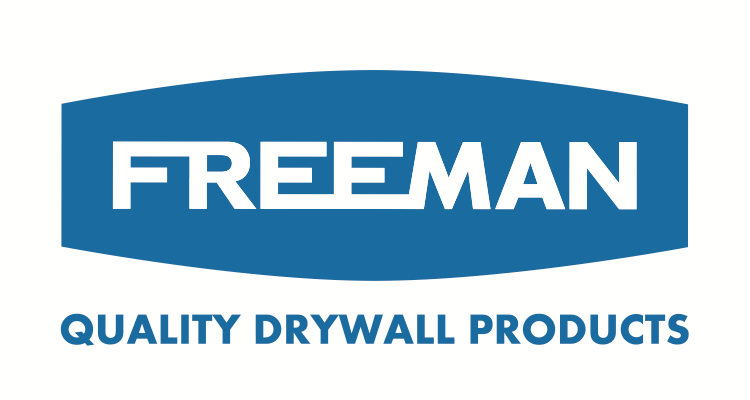Globally Harmonized System (GHS)
The Globally Harmonized System (GHS) is something that affects all manufacturers, but what does it mean? You may have noticed changes in recent months to the packaging of many of the professional products you use. The primary change you will notice is the use of new warning labels.
The main purpose of the change is to consistently inform people around the world of any precautionary measures they should take to ensure safe use of a product. The presence of these new labels does not mean there has been a change in the product. The change is simply in how hazards must be signified on the packaging and Safety Data Sheets (SDS), formally known as Materials Safety Data Sheets (MSDS).
The new hazard warnings are part of a mandated change by OSHA in accordance with the Globally Harmonized System of Classification and Labeling of Chemicals (GHS), adopted by the UN in 2003. The main purpose of the change is to better inform people to any precautionary measures they should take to ensure safe use of any product.
An example of something we use every day that requires labeling of this kind is bleach. Bleach is labeled as corrosive and must carry the following warning:

The core raw materials used in joint treatment products are common to all manufacturers in the drywall industry. The Drywall Finishing Council, Inc. (DWFC) recognized the need for an industry consistent GHS hazard warning on the packaging of the Members’ products.
Bureau Veritas North America, Inc. (BV), a third party testing company was contracted to review the SDS’s provided by all of the DWFC Members. BV determined that the presence of silica in joint treatment products could require that a hazard warning be included on the packaging and SDS. Silica is present in a number of these core raw materials that are used in most all drywall finishing products.
The packaging hazard warning could be avoided if testing in jobsite conditions could show that the potential exposure levels were less than the threshold that requires labeling. Since job conditions vary so greatly in the use of our products we decided to be as transparent as possible.
Therefore, a consistent hazard warning is included on all labels of our products. We want to encourage users of our products to take proper precautions in all job site conditions to protect themselves from any potential hazard. (See our post on PPE) Safety of our customers and employees is our highest priority.
Useful resources for GHS:
Globally Harmonized System of Classification and Labeling of Chemicals – Wiki
OSHA Guide to GHS
The Environmental Protection Agency (EPA)

